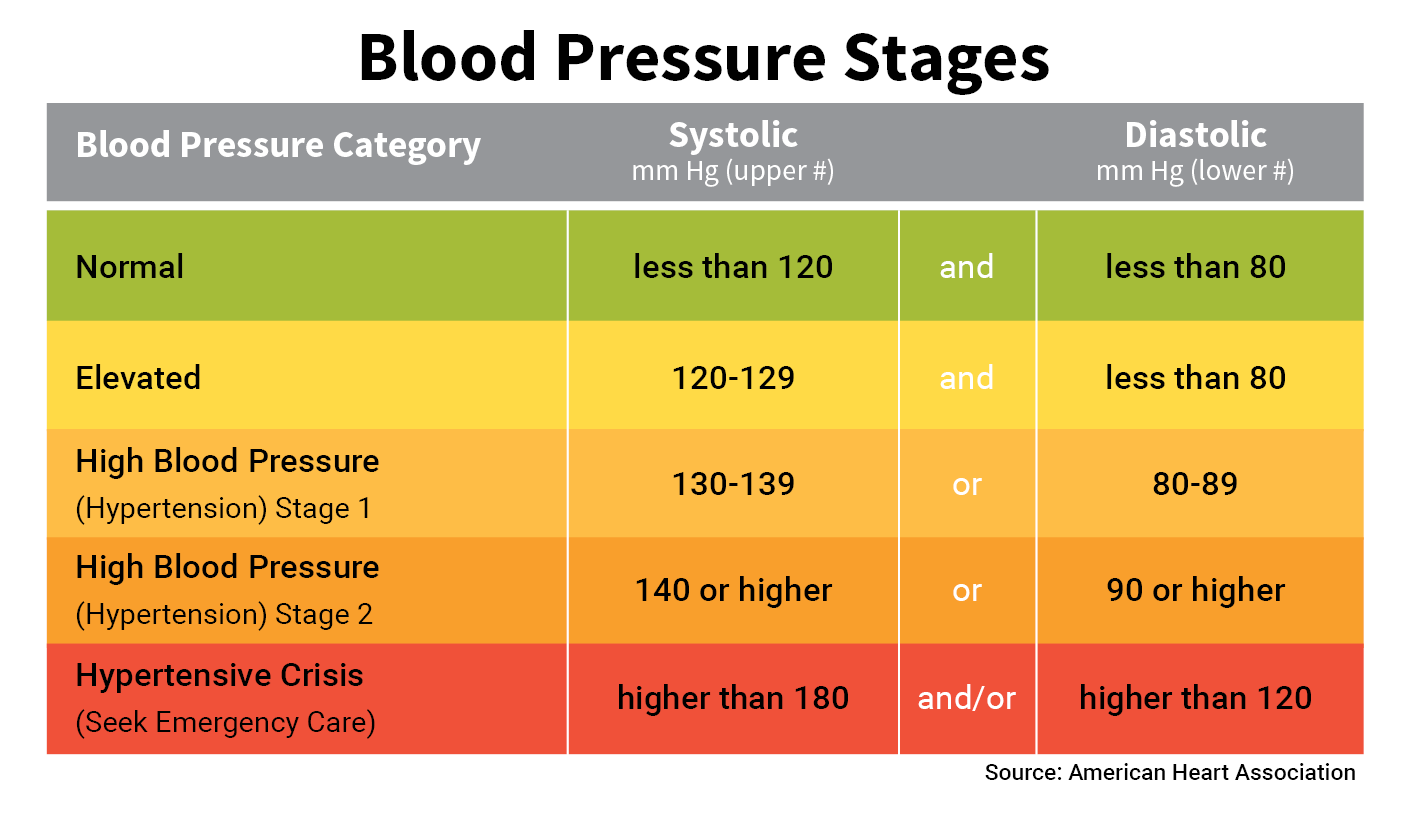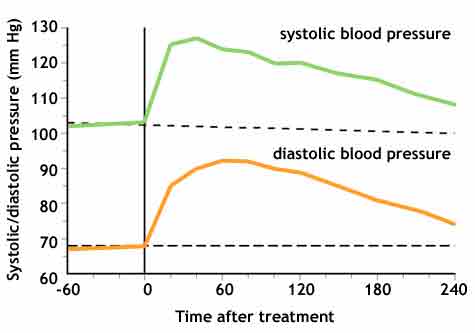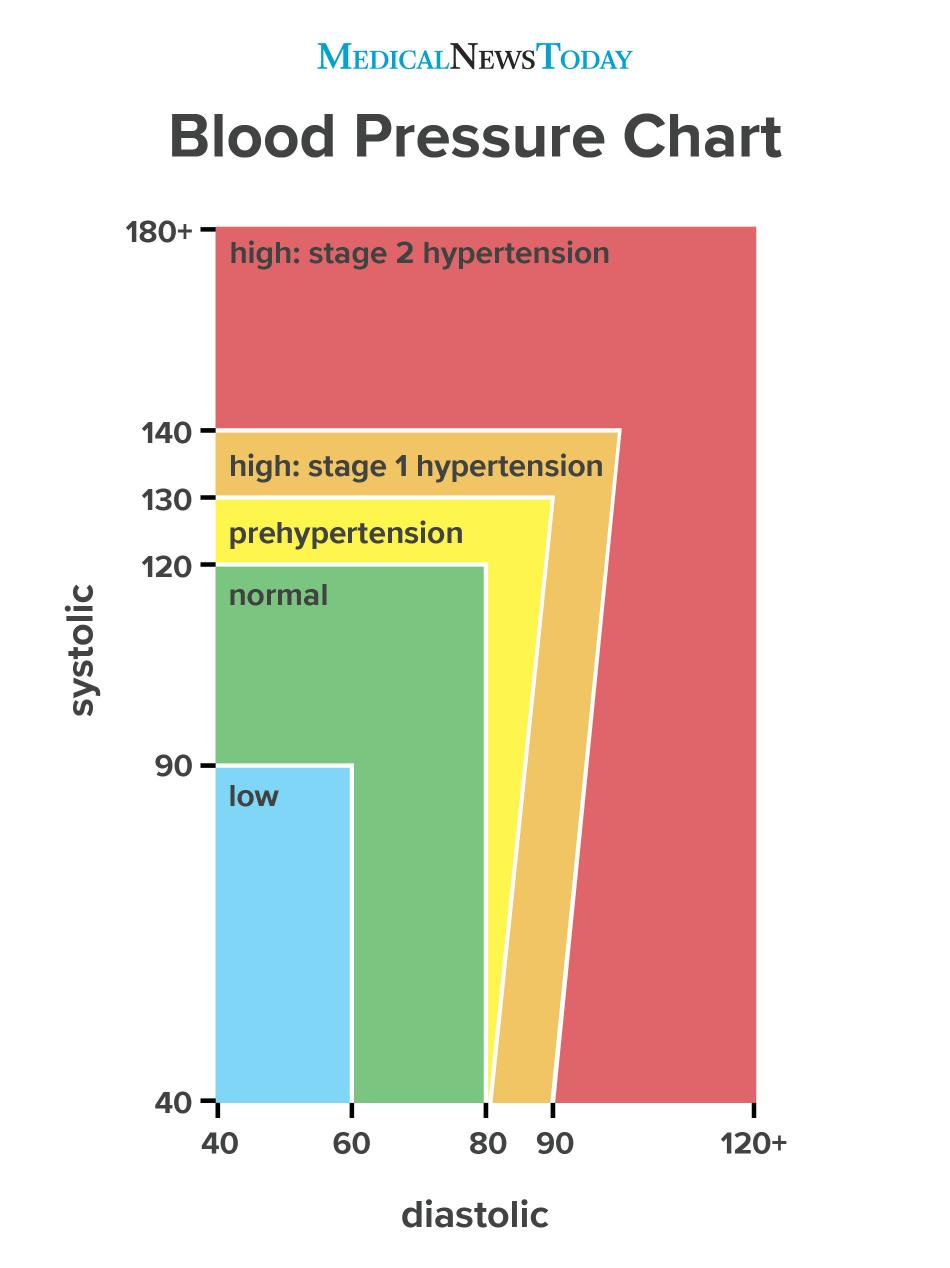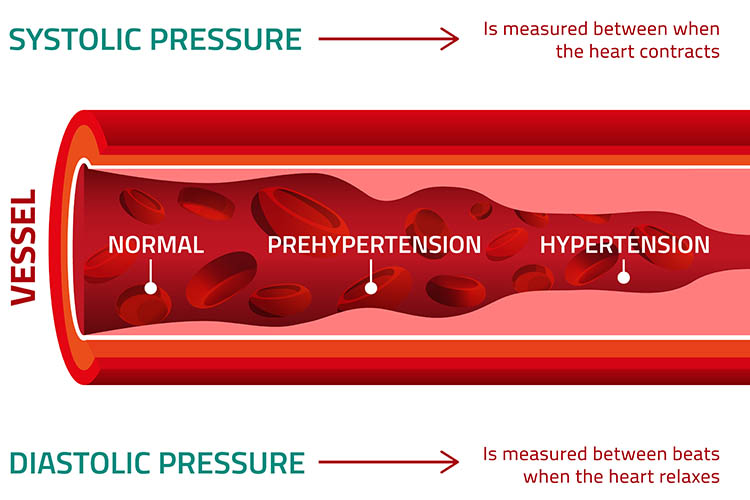How To Measure Blood Pressure Systolic And Diastolic
:max_bytes(150000):strip_icc()/systolic-and-diastolic-blood-pressure-1746075-01-4f002165f49646d08ca287995c2af55e.png)
People often call these the upper systolic and lower diastolic numbers.
How to measure blood pressure systolic and diastolic. The bottom number is your diastolic blood pressure. In a blood pressure reading the systolic number always comes first and then the diastolic number. There are two numbers in a blood pressure reading. Systolic is the top number on the reading and is the higher one.
For example 128 82 would be interpreted as a systolic blood pressure of 128 mmhg and a diastolic blood pressure of 82 mmhg. Measuring systolic and diastolic blood pressure blood pressure can fluctuate numerous times throughout the day for many reasons including standing up sitting down eating a meal or being stressed. Systolic pressure this is the pressure of the blood when your heart pushes it out. Diastolic pressure this is the pressure of the blood when your heart is resting between beats.
So if your gp tells you that your blood pressure is 130 over 90 or 130 90mmhg you have a systolic pressure of 130mmhg and a diastolic pressure of 90mmhg.
















